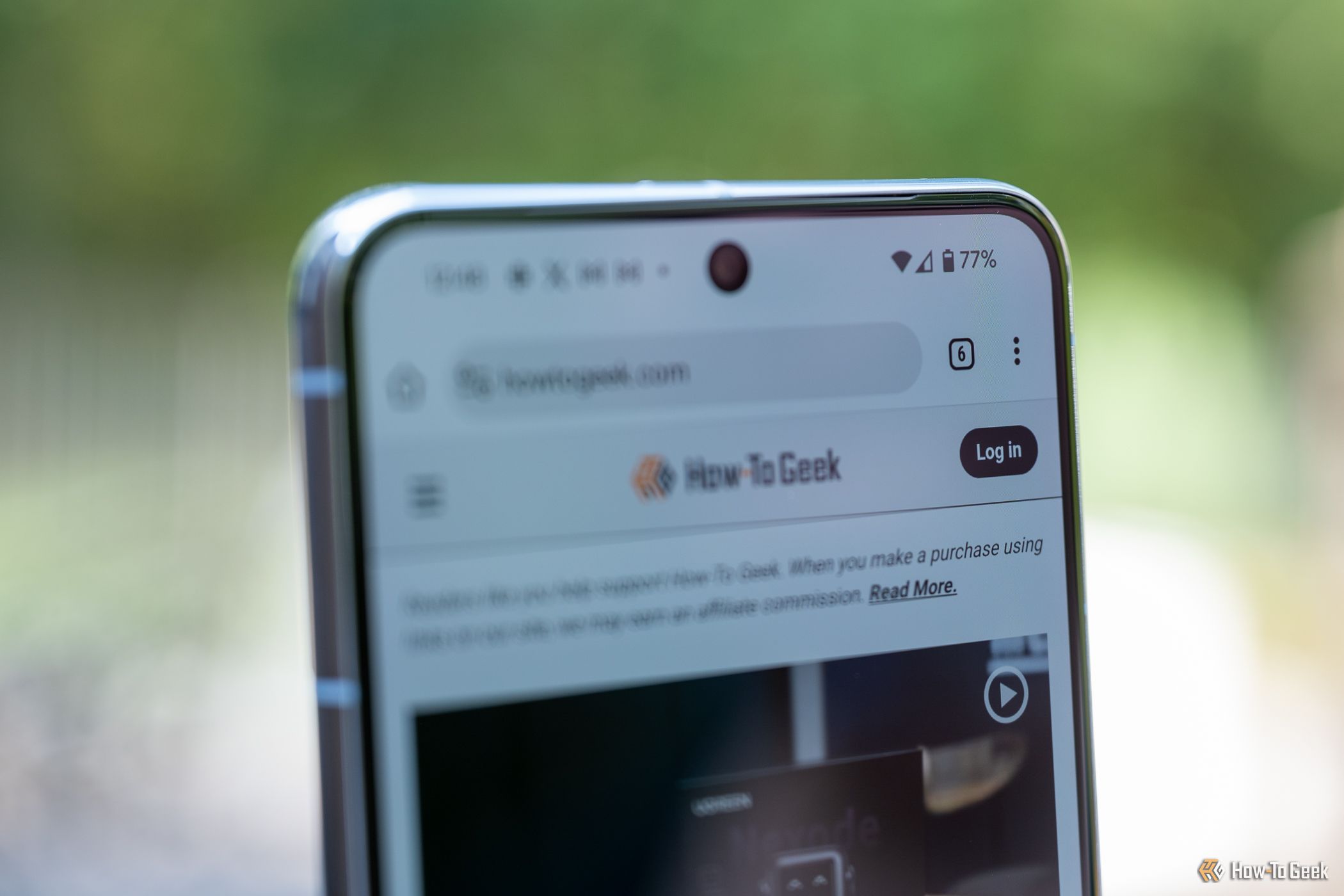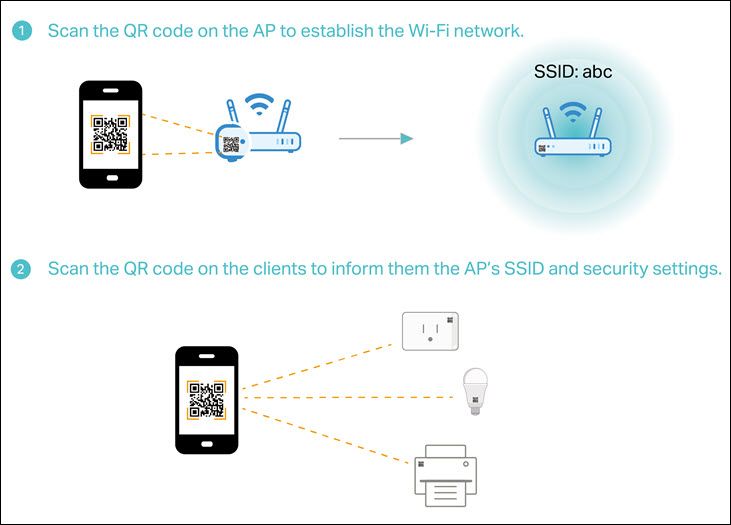WPS (Wi-Fi Protected Setup) allows devices to connect to an internet access point without a password. Instead, you just have to press a button. This feature is not available on Android anymore, but it used to be. Why is that?
Prior to the release of Android 9 Pie in 2018, Android included a WPS option in the network settings. This would be used in conjunction with pressing the WPS button on a router, allowing you to connect your phone to Wi-Fi without entering a password.
WPS Is Insecure
WPS is a convenience feature that was perfect for a few different scenarios. For example, imagine you're at a friend or family member's house, and you want to connect to their Wi-Fi network. Being able to simply push a button on their router and not hassle anyone for a password was very handy.
However, that convenience is also the reason why there are problems with WPS. It's not a very secure protocol. That's why many people advise disabling WPS when you set up a new router or range extender. Most of these devices enable WPS by default.
But why is it so insecure? The router has an eight-digit PIN that you need to enter on your Android device to connect to it. However, WPS only checks the first four digits of that pin separately from the last four. Since there are only 10,000 possible four-digit codes, it's much easier to "brute force" guess the PIN.
WPS has a second method of connecting—the aforementioned button on the router. This is more secure as it requires physical input, and devices can only connect for a few minutes. There's a huge catch, though. The PIN method must be enabled, so even if you only use the more secure button method, that PIN vulnerability is still present.
"Wi-Fi Easy Connect" Is Like WPS But Better
Due to these security concerns, Android dropped support for WPS in Android 9 Pie. The Wi-Fi Alliance introduced an alternative to WPS called "Wi-Fi Easy Connect." This feature was included in the release of Android 10.
Wi-Fi Easy Connect utilizes device-specific QR codes for connecting. You still don't need to enter a password, but it's much more secure. This is also useful for devices beyond routers, such as smart plugs and printers.
As long as your Android device is running Android 10 or later, you can take advantage of this new and improved protocol. There's a good chance you may have already used it if you have any smart devices in your home that connect to Wi-Fi.
In short, your Android device no longer has a WPS button because the industry created a better, more secure replacement. WPS is still around, but it's not available on Android devices, and that's probably a good thing.


